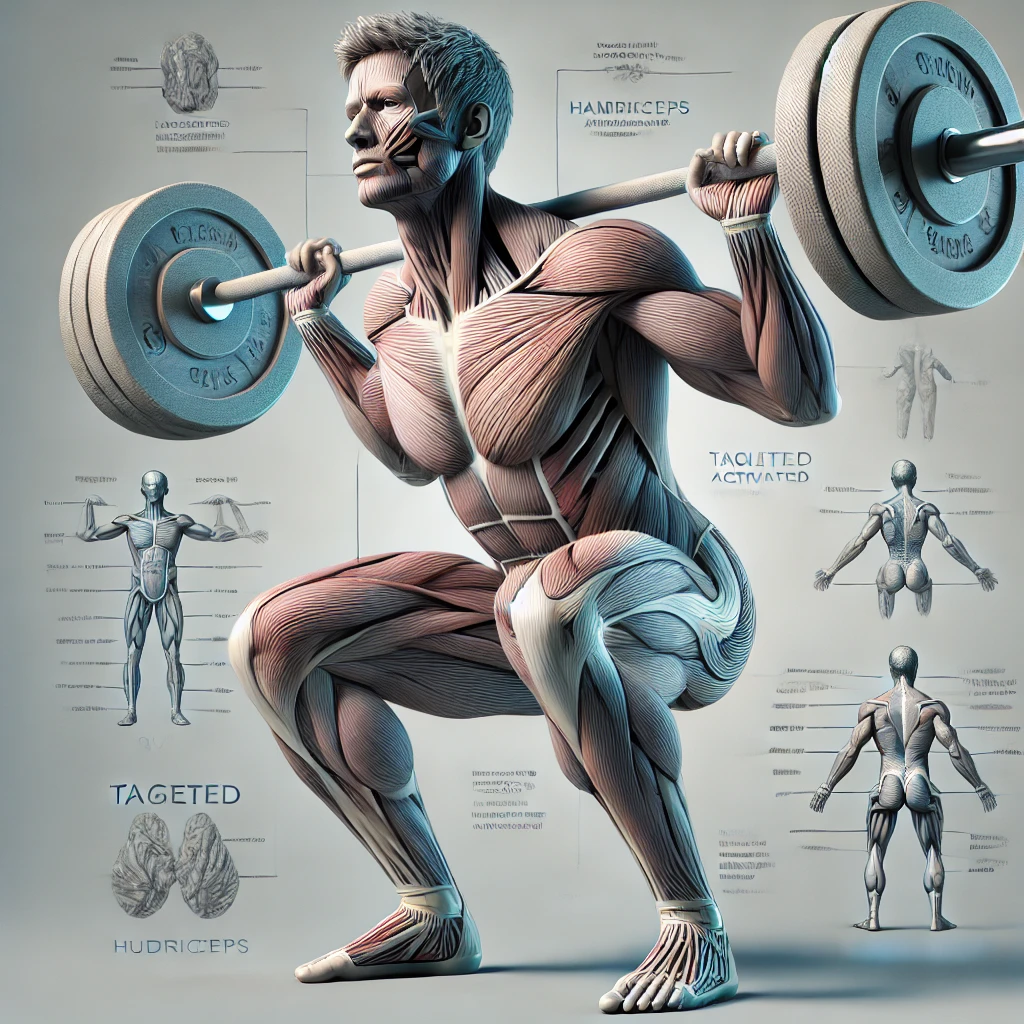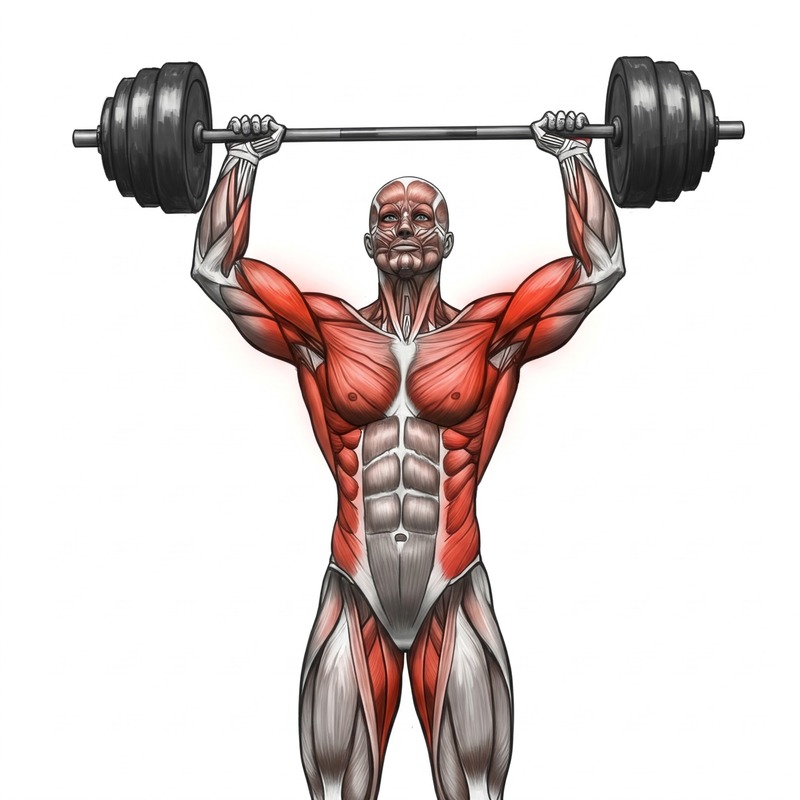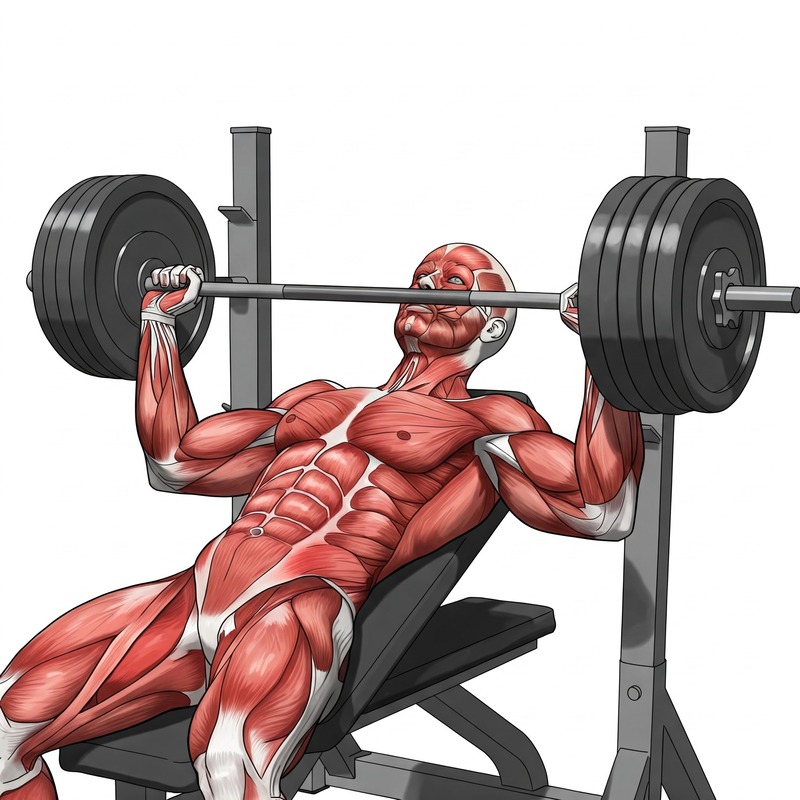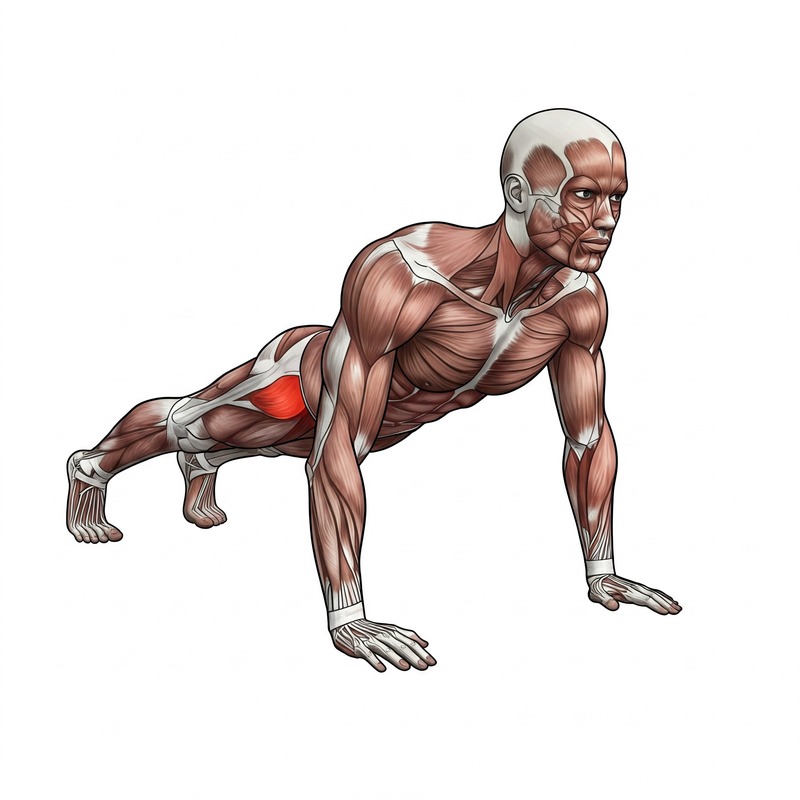Strength training is an essential component of a well-rounded fitness regimen for men of all ages and fitness levels. It involves performing exercises that challenge your muscles, leading to increased muscle mass, strength, and power. Regular strength training offers numerous benefits beyond physical appearance, including improved bone health, increased metabolism, reduced risk of injury, and enhanced mental well-being.
However, it’s crucial to approach it with the right mindset and strategies to avoid common pitfalls and maximize your results.
What to Do:
- Consult a professional: Before embarking on any new fitness program, seek guidance from a certified personal trainer or fitness expert. They can assess your current fitness level, identify your goals, and create a personalized plan tailored to your needs and abilities.
- Start slow and steady: Don’t jump into intense workouts right away. Begin with a few basic exercises and gradually increase the intensity and duration as your body adapts. This will help prevent injuries and ensure a sustainable fitness journey.
- Focus on proper form: Maintaining correct form is paramount to prevent injuries and optimize muscle engagement. It’s better to lift lighter weights with perfect form than to risk injury by lifting heavy with poor technique.
- Prioritize compound exercises: Compound exercises, such as squats, deadlifts, and bench presses, engage multiple muscle groups simultaneously, leading to greater overall strength gains and calorie burn.
- Include rest and recovery: Muscles need time to repair and grow after workouts. Ensure you incorporate adequate rest days into your routine to allow your body to recover and prevent overtraining.
What Not to Do:
- Don’t neglect warm-up and cool-down: Always start your workout with a proper warm-up to prepare your muscles and joints for exercise. Similarly, end your session with a cool-down to gradually reduce your heart rate and promote muscle recovery.
- Don’t ignore nutrition: Proper nutrition is essential for muscle growth and overall health. Fuel your body with a balanced diet rich in protein, carbohydrates, and healthy fats to support your strength training goals.
- Don’t skip rest days: Rest days are just as important as workout days. They allow your muscles to repair and grow, preventing overtraining and potential injuries.
- Don’t compare yourself to others: Everyone’s fitness journey is unique. Focus on your progress and celebrate your achievements, rather than comparing yourself to others.
- Don’t be afraid to ask for help: If you’re unsure about any aspect of your strength training routine, don’t hesitate to seek guidance from a qualified professional. They can provide valuable insights and support to help you reach your goals.
This guide will explore the top strength training for men.
1. Push-Ups:
- Method: Start in a plank position with your hands shoulder-width apart. Lower your body until your chest touches the ground, then push back up to the starting position.
- Targets: Chest, shoulders, triceps, core

2. Pull-Ups:
- Method: Hang from a pull-up bar with an overhand grip. Pull yourself up until your chin is above the bar, then lower yourself back down.
- Targets: Back, biceps, shoulders, forearms

3. Squats:
- Method: Stand with your feet shoulder-width apart. Lower your body as if you’re sitting in a chair, keeping your back straight. Push back up to the starting position.
- Targets: Quadriceps, hamstrings, glutes, core

4. Deadlifts:
- Method: Stand with your feet hip-width apart, holding a barbell in front of you. Hinge at the hips and lower the barbell to the ground, then lift it back up to the starting position.
- Targets: Back, hamstrings, glutes, quadriceps

5. Overhead Press:
- Method: Stand with your feet shoulder-width apart, holding a weight in each hand. Press the weights overhead until your arms are fully extended, then lower them back down to shoulder height.
- Targets: Shoulders, triceps, upper back

6. Bench Press:
- Method: Lie on a bench with your feet flat on the ground. Hold a barbell above your chest with your hands shoulder-width apart. Lower the barbell to your chest, then press it back up to the starting position.
- Targets: Chest, shoulders, triceps

7. Rows:
- Method: Sit or stand with your feet shoulder-width apart, holding a weight in each hand. Pull the weights towards your chest, then lower them back down to the starting position.
- Targets: Back, biceps, shoulders

8. Lunges:
- Method: Stand with your feet hip-width apart. Step forward with one leg and lower your body until both knees are bent at a 90-degree angle. Push back up to the starting position and repeat with the other leg.
- Targets: Quadriceps, hamstrings, glutes

9. Calf Raises:
- Method: Stand on a raised surface with your heels hanging off the edge. Raise your heels as high as you can, then lower them back down.
- Targets: Calves
10. Crunches:
- Method: Lie on your back with your knees bent. Raise your upper body off the ground, then lower it back down.
- Targets: Abs

11. Leg Raises:
- Method: Lie on your back with your legs straight. Raise your legs towards the ceiling, then lower them back down.
- Targets: Lower abs
12. Planks:
- Method: Hold a push-up position with your forearms on the ground. Hold this position for as long as you can.
- Targets: Core, shoulders, back

14. Dips:
- Method: Place your hands on a raised surface (such as a bench or chair) and lower your body until your elbows are bent at a 90-degree angle. Push back up to the starting position.
- Targets: Triceps, chest, shoulders

15. Glute Bridges:
- Method: Lie on your back with your knees bent. Raise your hips off the ground until your body forms a straight line from your shoulders to your knees. Lower your hips back down to the starting position.
- Targets: Glutes, hamstrings, lower back
Diet and Meals
A well-balanced diet plays a crucial role in supporting your strength training efforts. Here are some key dietary considerations for men:
- Protein: Protein is the building block of muscle tissue. Include lean protein sources such as chicken, fish, beans, and Greek yogurt in your meals to support muscle growth and repair.
- Carbohydrates: Carbohydrates provide the energy needed for intense workouts. Choose complex carbohydrates like whole grains, fruits, and vegetables over simple sugars for sustained energy.
- Healthy fats: Healthy fats, such as those found in avocados, nuts, and olive oil, are essential for hormone production and overall health.
- Hydration: Drink plenty of water throughout the day to stay hydrated and support optimal muscle function.
- Meal timing: Consuming a balanced meal or snack before and after your workouts can provide the necessary fuel for optimal performance and recovery.
Remember to consult with your doctor before starting any new exercise program, especially if you have any health conditions. It’s also important to start slowly and gradually increase the intensity and duration of your workouts as you get stronger!
By following these guidelines and incorporating a balanced diet, you can embark on a successful strength training journey and reap the numerous benefits it offers for your overall health and well-being.
